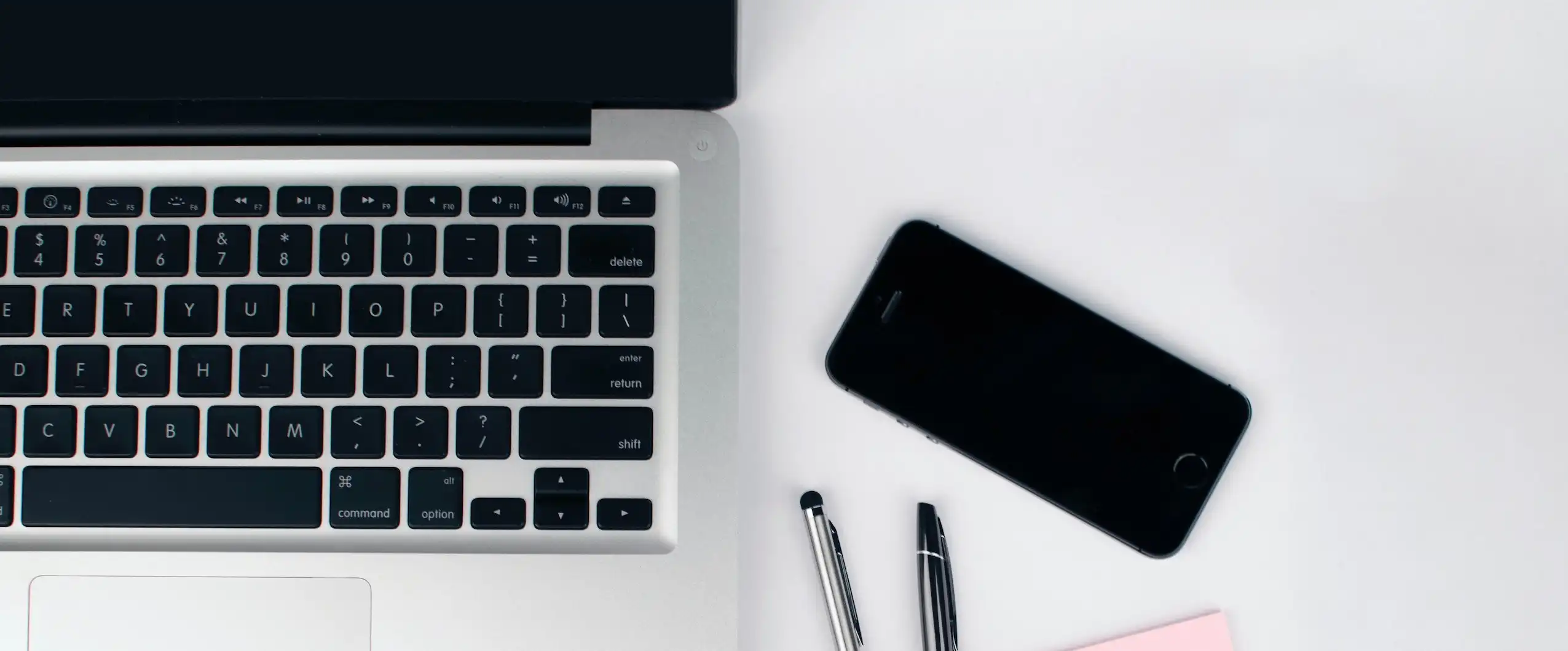As a MacBook owner, you’re probably well aware of the importance of keeping your battery in good shape. After all, a healthy battery is crucial for ensuring that your laptop can keep up with your busy schedule and power through those long days of work or play.
But what do you do when your MacBook’s battery cycle count reaches 1000? Is it time to panic and start looking for a replacement battery? Or is there still hope for extending the lifespan of your current one?
In this blog post, we’ll answer all of these questions and more. We’ll delve into the ins and outs of battery cycles, explain how they affect your MacBook’s battery life, and offer tips on how to maximize the lifespan of your battery.
So, if you’re worried about your MacBook’s battery cycle count reaching 1000, keep reading for all the information you need.
What are Battery Cycles and Why Do They Matter?
Before we dive into the specifics of what happens when your MacBook’s battery cycle count reaches 1000, it’s important to understand exactly what battery cycles are and why they matter.
A battery cycle refers to the process of fully charging and fully discharging a battery. When you charge your MacBook’s battery to 100% and then use it until it’s completely drained, that’s one battery cycle.
The reason battery cycles are important is because every time a battery goes through a full charge and discharge cycle, it experiences a small amount of wear and tear. Over time, this wear and tear can take a toll on the battery’s capacity and performance.
This is why it’s generally recommended to avoid fully discharging your MacBook’s battery whenever possible. By keeping the battery charged above 20% and using power-saving features like Sleep Mode, you can help extend the overall lifespan of your battery.
How Many Battery Cycles Should a MacBook’s Battery Last?
So, now that we understand what battery cycles are and why they matter, you might be wondering how many of them your MacBook’s battery should be able to withstand before it starts to show signs of wear and tear.
According to Apple, the average lifespan of a MacBook battery is around 1000 full charge and discharge cycles. This means that, on average, you can expect your MacBook’s battery to last for around 3-5 years of normal use before it starts to lose capacity.
Of course, it’s important to note that the actual lifespan of your MacBook’s battery will depend on a variety of factors, including your usage habits, the age of the battery, and the specific model of MacBook you own. Some batteries may last longer than 1000 cycles, while others may not make it to the 1000 mark.

What to Do When Your MacBook’s Battery Cycle Count Reaches 1000
So, what do you do when your MacBook’s battery cycle count reaches 1000? Is it time to start looking for a replacement battery?
The good news is that reaching the 1000 cycle mark doesn’t necessarily mean that your MacBook’s battery is on its last legs. In fact, many MacBook batteries can continue to function well beyond the 1000 cycle mark, with some lasting for several more years before they start to lose significant capacity.
According to Apple, at the 1000 cycle mark, the MacBook’s battery should still retain around 80% of its original capacity. This means that if the battery originally held 10,000 mAh, it may now hold 8,000 mAh after reaching the 1000 cycle mark. If the battery’s decreased capacity is not a significant issue, there is still some time before the battery needs to be replaced.
That being said, it’s important to keep an eye on your MacBook’s battery performance as the cycle count approaches 1000. If you start to notice that your battery isn’t holding a charge as long as it used to or that it’s draining more quickly than normal, it may be time to start considering a replacement.
If you do decide to replace your MacBook’s battery, there are a few options to consider. One option is to purchase a replacement battery directly from Apple. While this option can be more expensive, it’s generally the safest option as you can be confident that you’re getting a high-quality battery that’s designed to work with your specific MacBook model.
Another option is to purchase a third-party replacement battery. These batteries are often more affordable than those from Apple, but it’s important to do your research and make sure you’re buying from a reputable supplier. Some third-party batteries may not be as high-quality as those from Apple, which could lead to issues with performance or even damage to your MacBook.
Conclusion
Reaching the 1000 cycle mark on your MacBook’s battery can be a bit intimidating, but it doesn’t necessarily mean that it’s time to replace it. Of course, if you do start to notice significant issues with your battery’s performance, it may be time to consider a replacement. But by following these tips and taking good care of your battery, you can help ensure that it lasts as long as possible.
